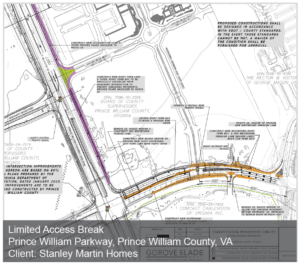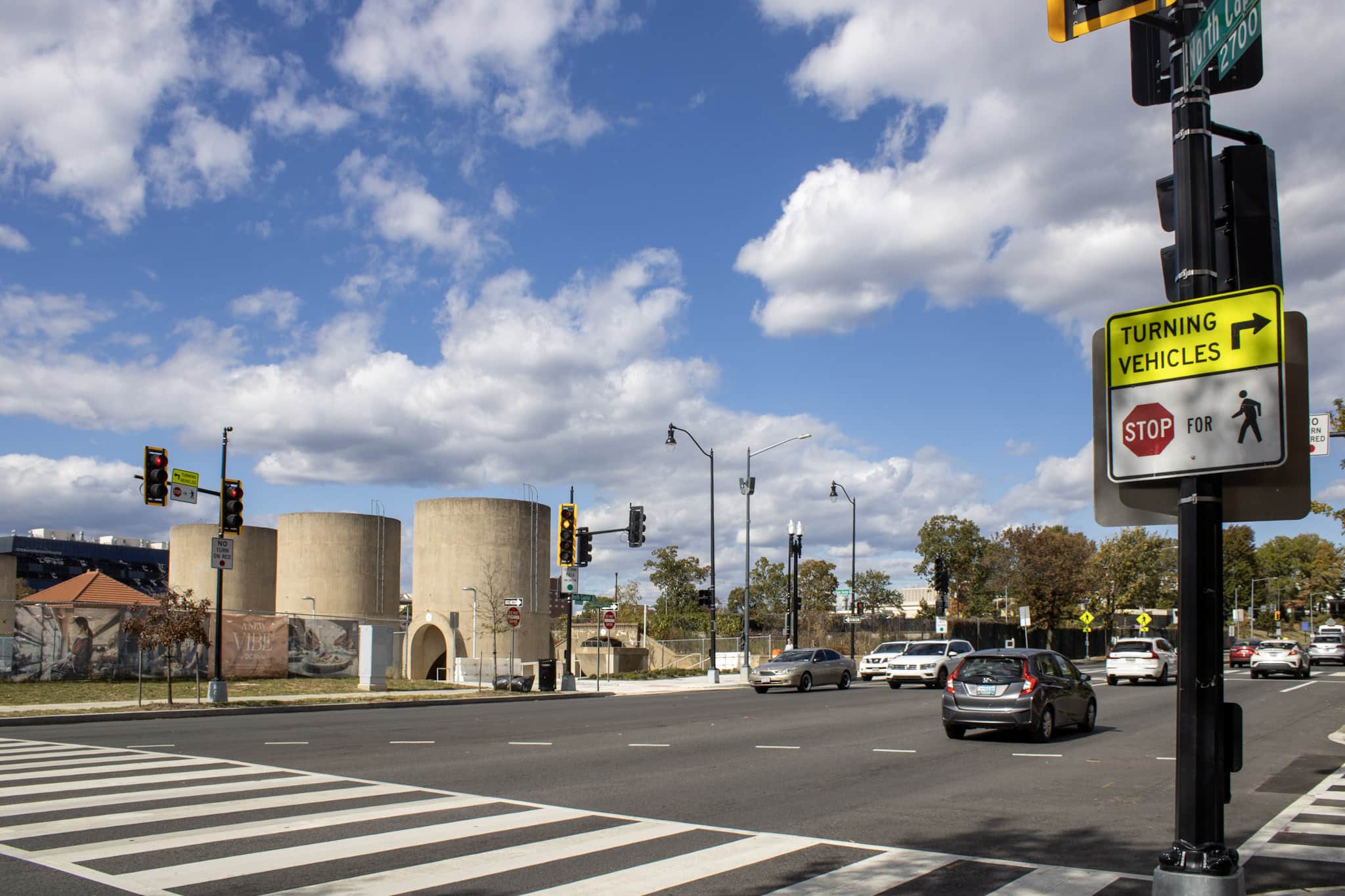
Gorove Slade is Certified SWaM in Virginia
Gorove Slade is now a certified SWaM firm as a small business in Virginia. Gorove Slade offers comprehensive traffic engineering, transportation planning, and parking consulting services. We are experts in all modes of ground transportation including cars, trucks, public transportation, bicycles, and pedestrians. The firm serves both the private and public sectors.
“With our SWaM certification, we are better positioned to continue to provide our full range of transportation planning, traffic engineering and traffic signal design services on state-funded projects in Virginia.”
-Christopher Tacinelli, President
Gorove Slade holds a number of on-call Engineering and Planning projects throughout Virginia serving a wide range of public agencies. In addition, we serve as a subconsultant on a number of other on-call and project specific assignments to Engineering and Planning firms where we bring our specialization in Transportation Planning and Traffic Engineering to the project team. Our engineers and planners take a multimodal approach to projects, and we are experts on the functionality and interdependence of facilities that serve cars, pedestrians, bicyclists, and public transit. We are skilled in a full range of services related to forecasting, analysis and design and familiar with how to apply those services to local, state and federal processes.
Gorove Slade’s experience is brought to bear through a full-service and cost-effective team selected specifically for each project. Every project is assigned a Principal-in-Charge, a Project Manager, and technical and administrative support as needed. Working together in project teams allows Gorove Slade to provide responsive, comprehensive, professional service tailored specifically to the demands of each project.
 On-Call Task Order Contracts
On-Call Task Order Contracts
Gorove Slade serves as both the Prime firm and a Subconsultant on a number of on-call task order contracts throughout the Washington, DC metropolitan area. We have significant experience partnering with public agencies to help them evaluate needs, develop alternatives, determine funding requirements and produce full design plans to aid in construction. In addition, we have served on a number of design build teams where we have provided Traffic Signal Design Plans, Pavement Marking and Signage Plans and Maintenance of Traffic Plans.
Signal Design and Pavement Marking and Signing (PMS) and Maintenance of Traffic (MOT) Plan Preparation
Gorove Slade has experience working closely with state and local transportation agency staff in the initial phases of traffic signal project planning to identify all critical design elements. Also related to the design process, our firm is skilled in developing comprehensive signal timing plans for upload to the signal control cabinets and the agency control centers as part of the final installation process. We are skilled in all aspects of developing Maintenance of Traffic and Traffic Control Plans and have a number of staff that are work zone plan certified as well as Roadway Specialists.
Data Compilation and Forecasting
Utilizing the following five methodologies, Field Traffic Counts, Historical Data, Big Data, Extrapolation, and ITE Land Use Trip Generation, Gorove Slade forecasts traffic volumes for primary and secondary roadway links and intersections. In addition to more manual methods, Gorove Slade has experience leveraging information contained within long range models. In some instances we have had to supplement model runs with network or land use changes to develop alternative forecasts. For each project, all methodologies are evaluated and we move forward with the approach that is most applicable to the project scope and budget.
Multimodal Planning
Our particular transportation philosophy is well suited to help with multimodal transportation design services. We leverage practical experience to develop analyses and designs that blend traditional traffic engineering methodologies with modern thoughts on multi-modalism and non-auto-centric viewpoints. At Gorove Slade, the design of pedestrian and bicycle facilities identifies conflicts between modes and seeks to resolve those conflicts while still providing all necessary multimodal infrastructure. We are fluent in local, VDOT, and national standards, including those issued by AASHTO and NACTO.
Traffic Analysis and Modeling
PTV VISSIM is a state-of-the-art microsimulation software tool that analyzes multi-modal traffic flow. We are skilled in working with this tool to analyze freeway, surface street and urban transportation infrastructure analysis. Synchro® implements the methodologies of the industry-standard Highway Capacity Manual for various intersection traffic controls to determine operational levels of service and average vehicular delays. SimTraffic® models individual cars, trucks, buses and pedestrians traveling through a network of freeways, streets and multiple types of intersections. We rely heavily on these tools for almost every project.
Contact Us
Please contact our team if you are interested in discussing current or future projects where Gorove Slade could provide transportation planning and/or engineering services. We look forward to making your project successful and helping our partners meet their SWaM goals.
